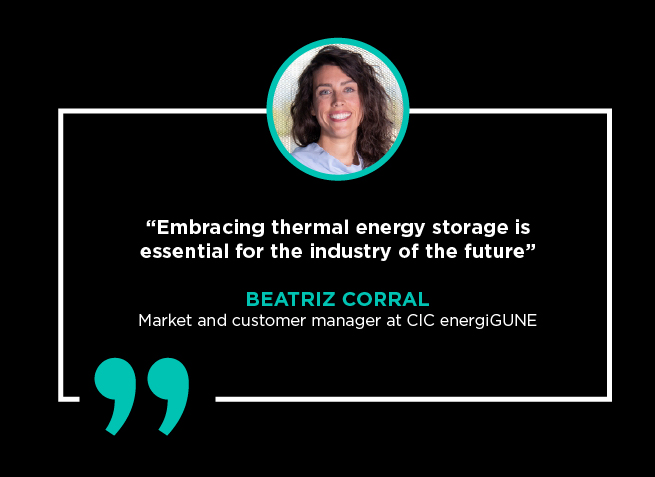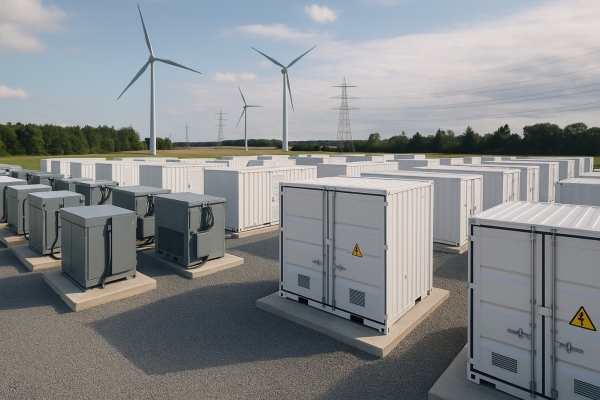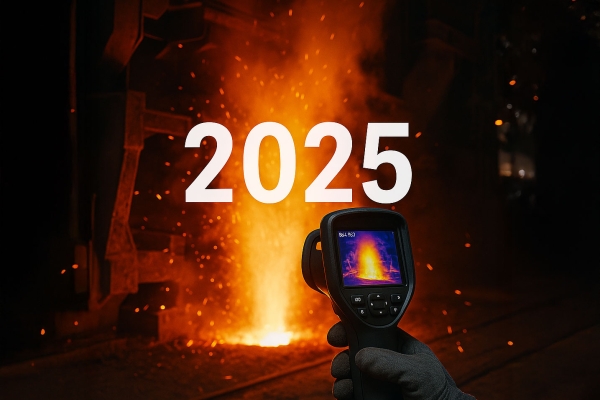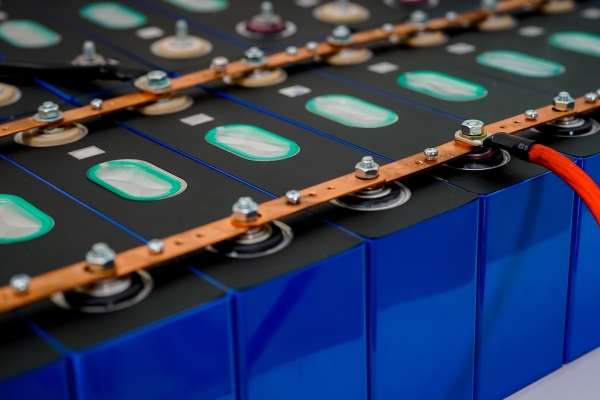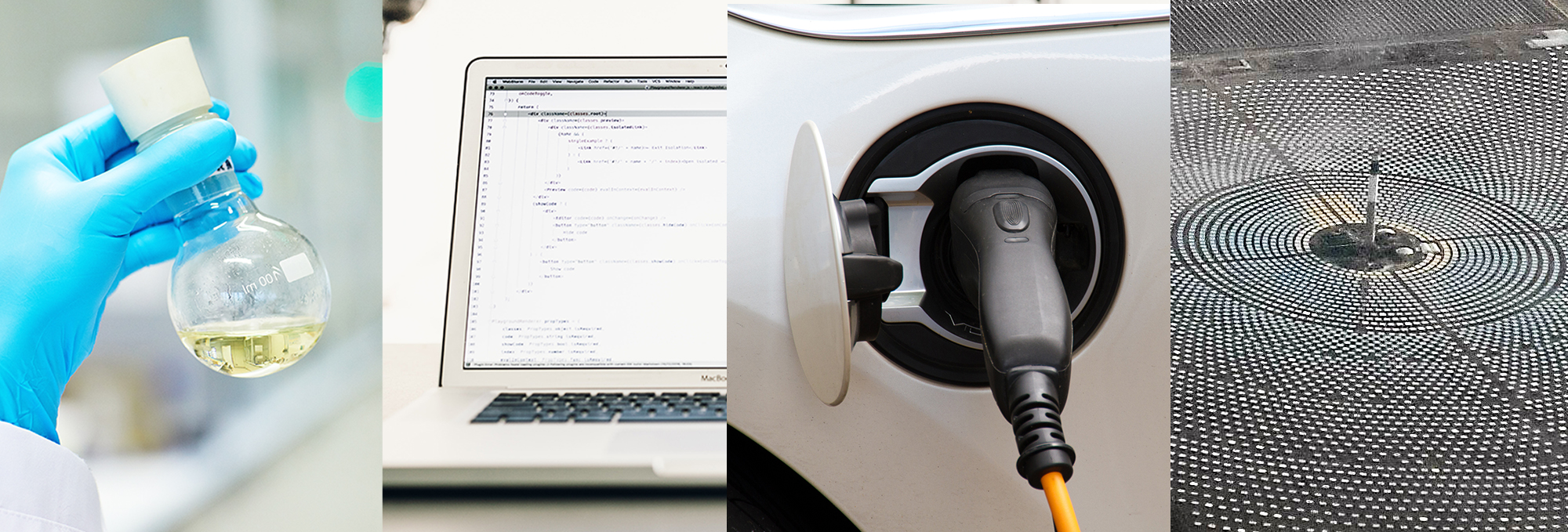1. Why is thermal storage and its conversion so important for the industry of the future?
Thermal storage and its conversion are key for the industry of the future because they allow the efficient management of thermal energy generated in industrial processes and renewable sources, optimizing its use and reducing waste. In a context where sustainability and decarbonization are priority objectives, thermal storage solutions make it possible to make better use of available energy resources, ensuring stability of supply, regardless of the intermittency of renewable sources. In addition, these technologies facilitate the integration of more sustainable industrial processes and promote the circular economy through the recovery and reuse of waste heat generated in various activities.
2. What trends can we expect in thermal storage this year?
In 2025, thermal storage will focus on improving the efficiency of existing systems and expanding their integration into various industrial and renewable sectors. One of the main trends will be waste heat recovery in industrial processes, which will reduce energy consumption and improve the sustainability of operations.
In addition, we will see a strong push in the development of phase change materials (PCMs) and molten salts to optimize heat storage at different temperatures, increasing the capacity of systems and extending storage life. There will also be advances in the integration of these systems with renewable sources such as solar thermal energy, enabling greater stability in energy supply.
On the other hand, innovations are expected in heat-to-electricity technologies, such as advanced thermodynamic cycles, which will make it possible to use stored heat more efficiently to generate electricity. Finally, the digitization and monitoring of thermal storage systems will be a key trend, making it possible to optimize their performance and anticipate possible failures.
3. Where are the major challenges of these technologies?
The major challenges of thermal storage are mainly related to the efficiency of materials and the scalability of solutions. On the one hand, materials used in thermal storage, such as molten salts or phase change materials, still face challenges in terms of long-term stability, corrosion and cost. Progress is needed in the development of more durable, cost-effective materials with higher storage capacity.
On the other hand, the integration of these systems into industrial processes and energy grids remains a challenge. Many industrial sectors have not yet adopted these technologies on a widespread basis, and it is necessary to work on business models that demonstrate their economic viability and return on investment.



